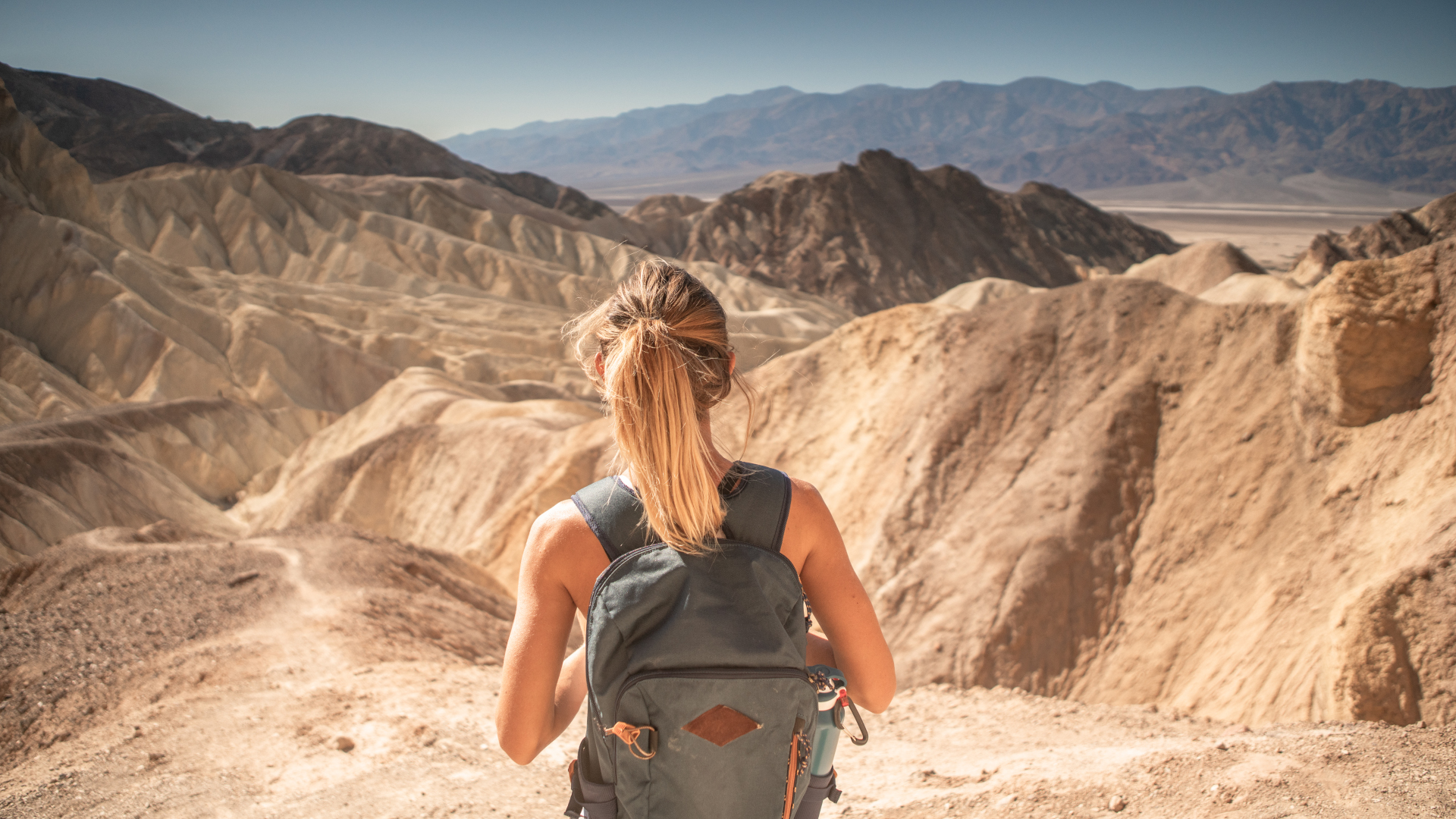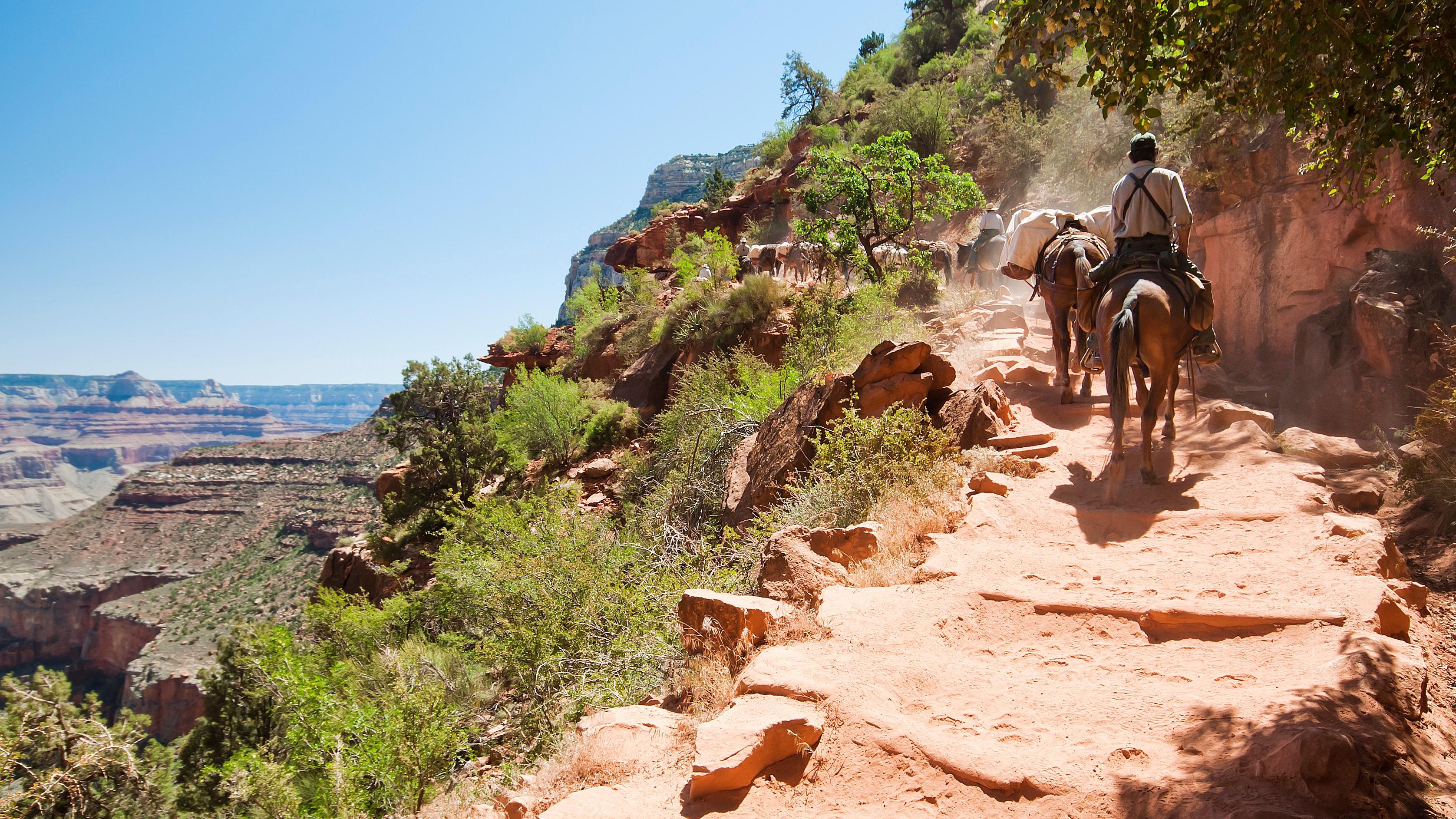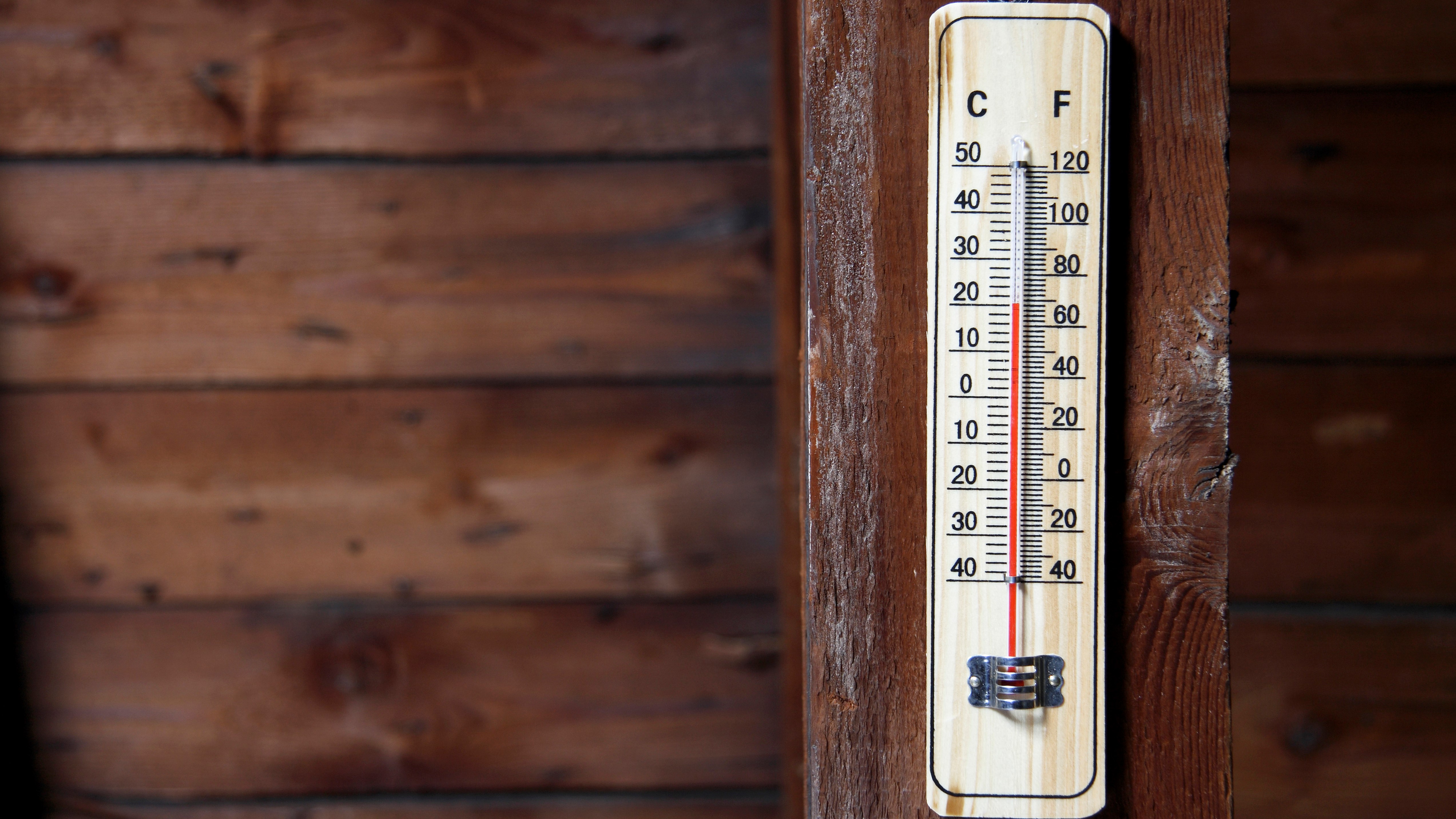
If you're one of millions of people visiting a National Park this summer, you're going to want to pack your hydration bladder. An excessive heat warning in place across most of the western US has been blamed for at least two deaths in recent weeks, with a third death yesterday is under investigation. Meanwhile, firefighters have been battling blazes in several parks including Alaska's Katmai and Denali, which was closed for four days due to a wildfire.
Temperatures well in excess of 100 degrees have been sweeping across the western states, which is where the majority of the country's National Parks lie, and with summer vacation season in full-swing, most parks are seeing peak crowds.
The scorching temperatures of 120 degrees in Death Valley drove people to the park who were keen to experience the phenomena and one motorcyclist died from heat exposure near Badwater Basin on Saturday.
“While this is a very exciting time to experience potential world record-setting temperatures in Death Valley, we encourage visitors to choose their activities carefully, avoiding prolonged periods of time outside of an air-conditioned vehicle or building when temperatures are this high,” warns Superintendent Mike Reynolds.

That death came just a week after a 69-year-old hiker died in extreme heat on the River Trail in the Grand Canyon. Yesterday, the National Park Service announced another death had taken place on Sunday when a 50-year-old male was attempting to return to the Bright Angel trailhead after an overnight hike to Havusapai Gardens. He died 100 feet from the trailhead. Though the cause of death has not yet been announced, current temperatures in the area are exceeding 100 degrees during the day.
The spate of fatalities in conjunction with prolonged excessive heat warnings and wildfire conditions has prompted the NPS to establish fire bans in some parks including Northern Cascades and place warnings on park websites advising visitors on the dangers of heat stroke and encouraging people to to minimize time outside avoid hiking in the middle of the day.

What is an excessive heat warning?
In general, when daytime highs are expected to be 100 degrees or higher for at least two days and the nighttime lows won’t drop between 75 degrees, the National Weather Service will issue a heat advisory. If daytime highs are expected to be higher than 105 degrees for two days or longer, they will issue an excessive heat warning.
During a heat advisory, the official advice is that it’s time to action with the following tips:
- Drink plenty of water
- Stay out of the sun, and in an air-conditioned place
- If you have to spend time outside, take frequent rest breaks in shaded or air-conditioned places
- Wear clothing that is lightweight and loose-fitting
- Save strenuous activities for the early morning or evening
Learn more in our article on hiking and excessive heat warnings.

What are the signs of heatstroke?
Heatstroke is a life-threatening condition that occurs when your body temperature rises above 104°F (40°C). It is a type of hyperthermia, where your body generates heat faster than it can lose it through the normal methods like sweating.
It is typically the result of overexertion in hot, humid conditions where you sweat excessively – this is known as exertional heatstroke, whereas a second type of heatstroke called non-exertional heatstroke can occur as a result of other factors like age and underlying health conditions.
Symptoms of heatstroke can include:
- Confusion
- Problems with movement, coordination and balance
- Dizziness
- Weakness
- Excessive sweating
- High or low blood pressure
- Bubbling or gurgling sounds in the lungs
- Nausea and vomiting
- Rapid heart rate
- Seizures
- Loss of consciousness
Learn more about keeping yourself safe outdoors this summer in our article on heatstroke.







